Day 3: Gulf of Panama Islets, Taboga & Bona Islands
Highlight of the Day:
|
The wake up call comes early, at about 6:30 am, and already on the second day we skip stretching class.
Heiko got up even earlier and watched the sunrise. Many large ships are lined up to enter the canal from the Pacific side.
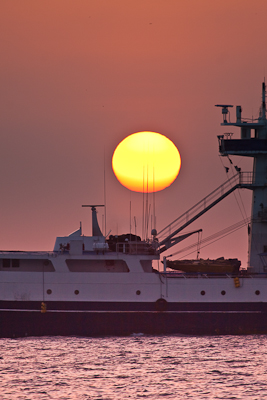
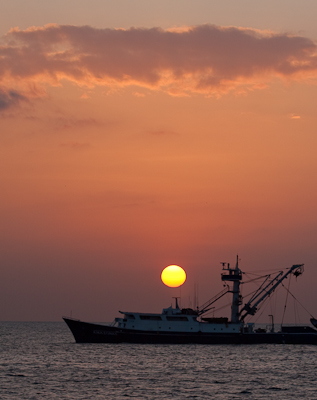
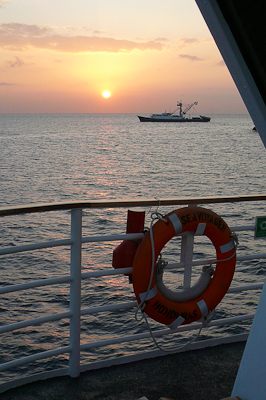
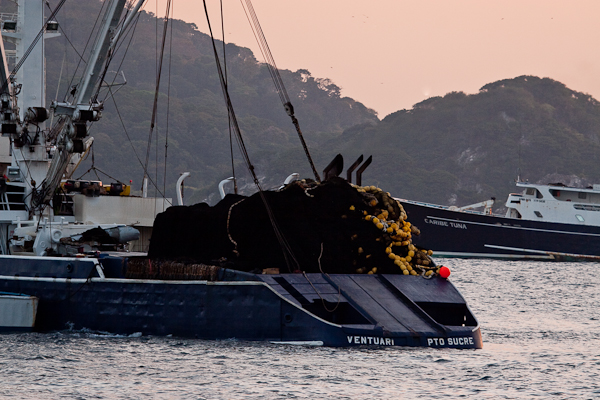
Today, we explored a cluster of islands in the Gulf of Panama via the Zodiac. We disembarked at 8 am to visit the small island of Taboga, where Ernesto, our hotel manager lives. Little colorful houses are tucked along the shore and up the hill. Although still early, it is getting hot fast.
The zodiacs brought us ashore...
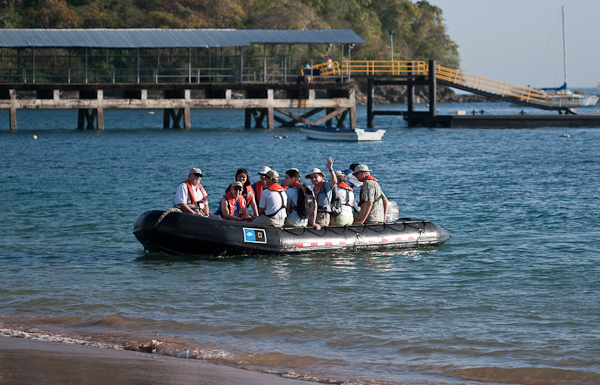
for a "wet landing"...
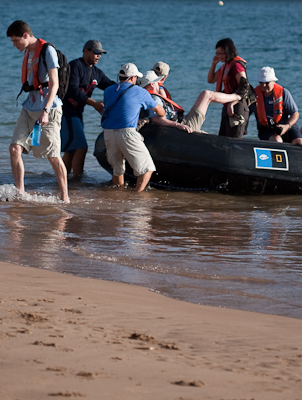
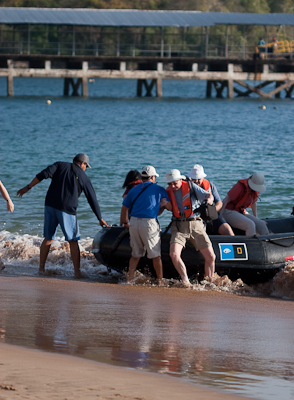
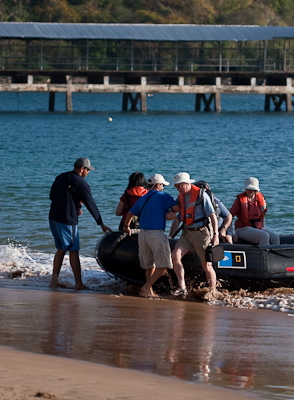
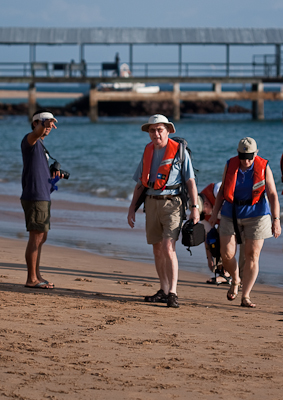
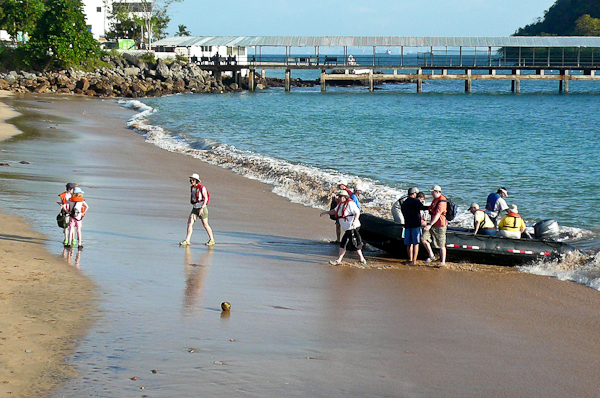
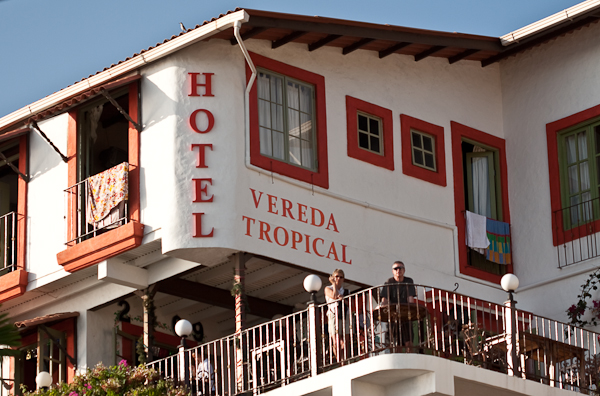
The Sea Voyager as seen from the beach:
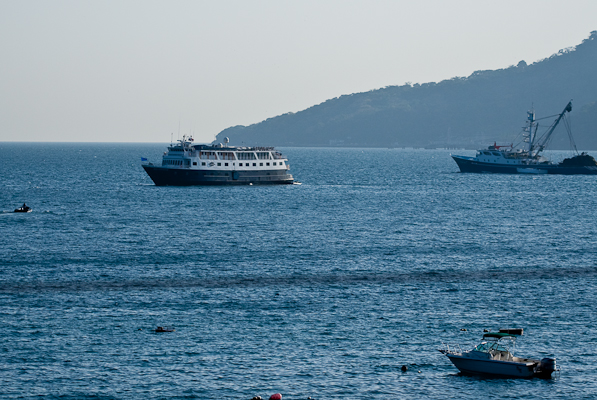
The market place is rather small and houses the 16th century church which we visited.
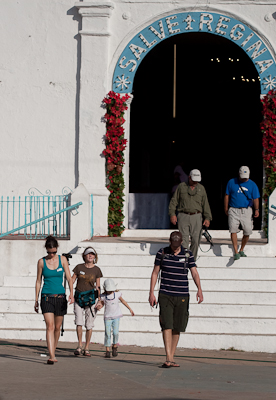
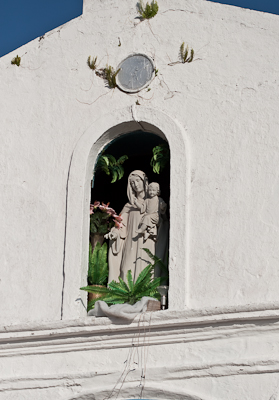
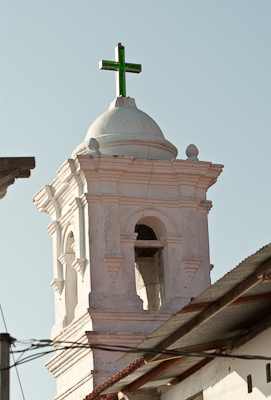
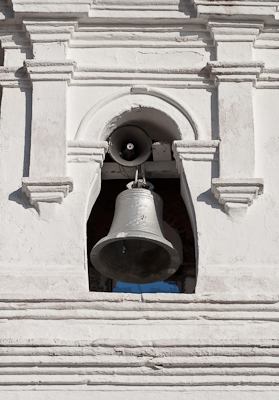
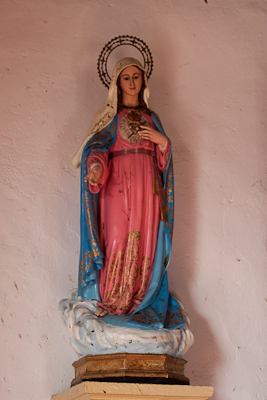
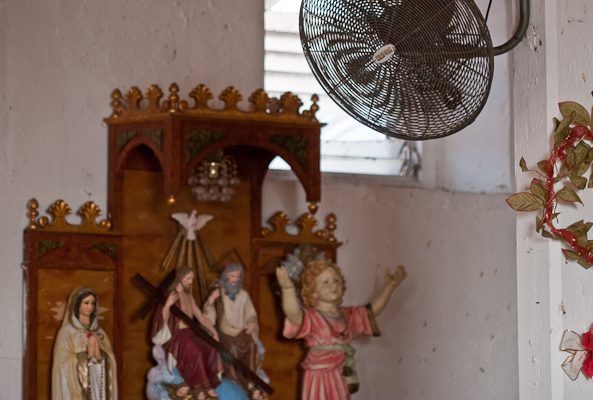
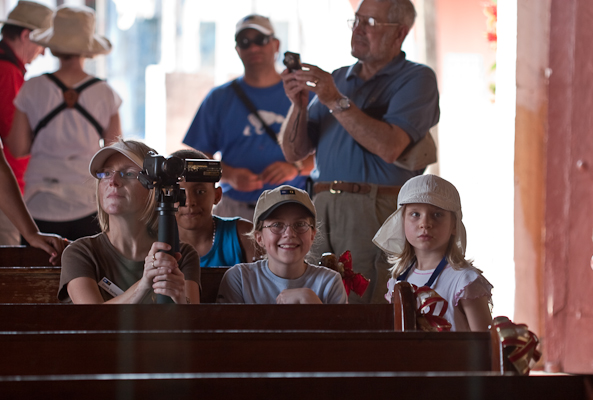
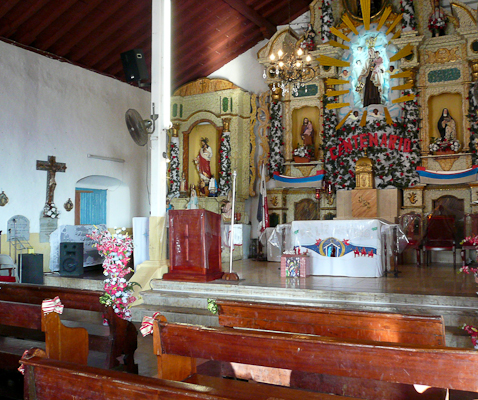
We continued our walk and found a monument for Paul Gaughin who spent some time on Taboga but did not paint there.
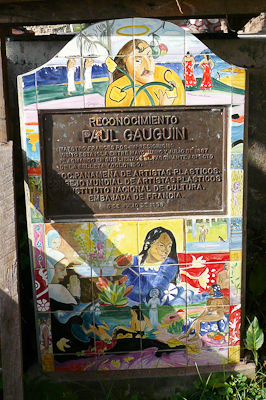
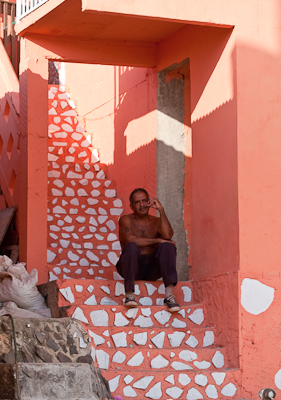
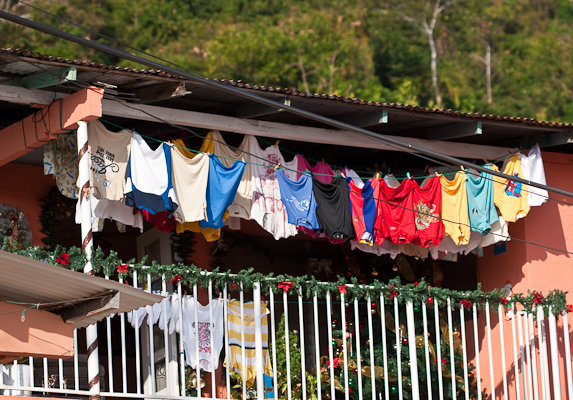
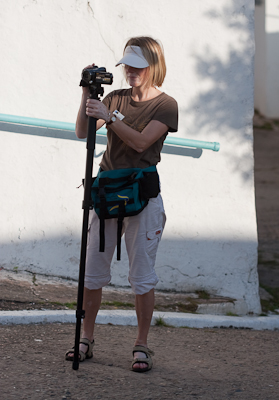
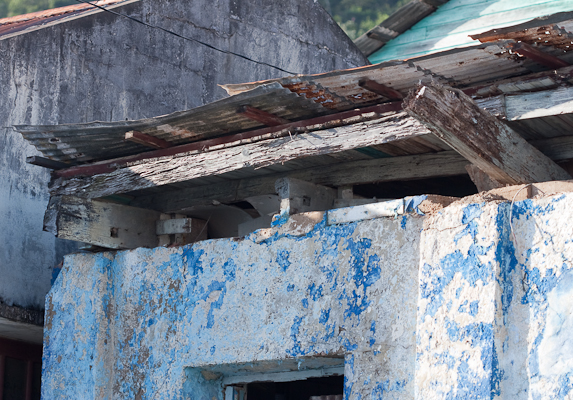
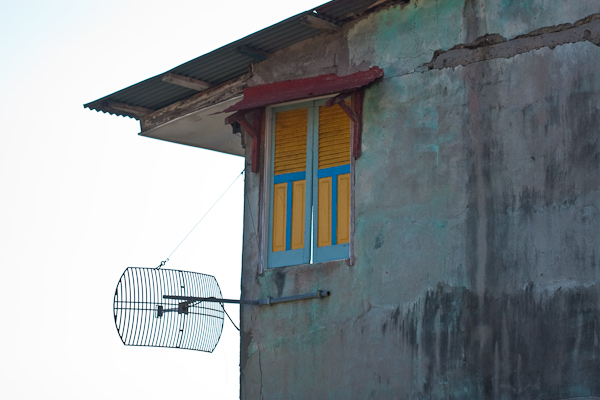
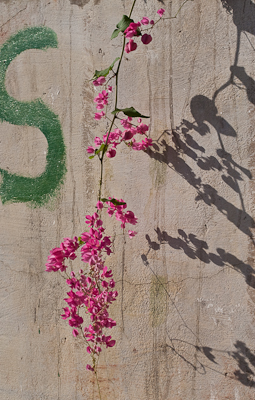
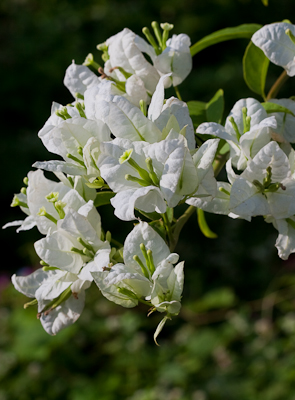
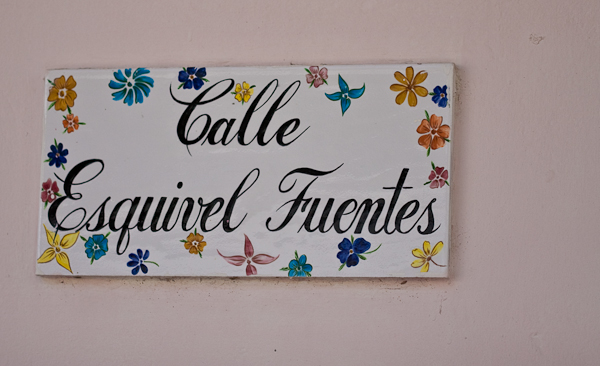
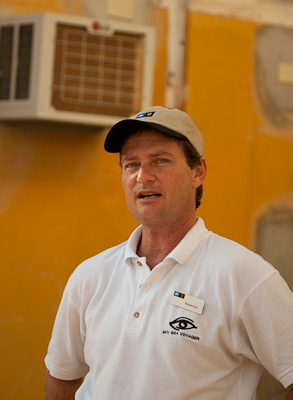
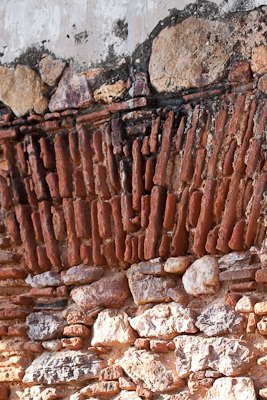
Ernesto, the ship's hotel manager, was our personal guide. Highlight of the tour was the visit to his house, where his mother and uncle live. The rooms were painted in bold bright colors and each had a terrace facing the sea.
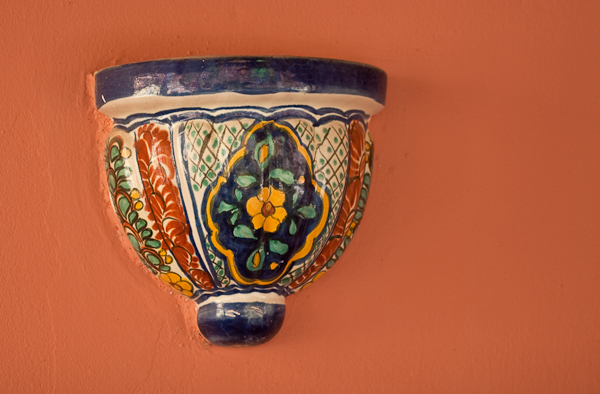
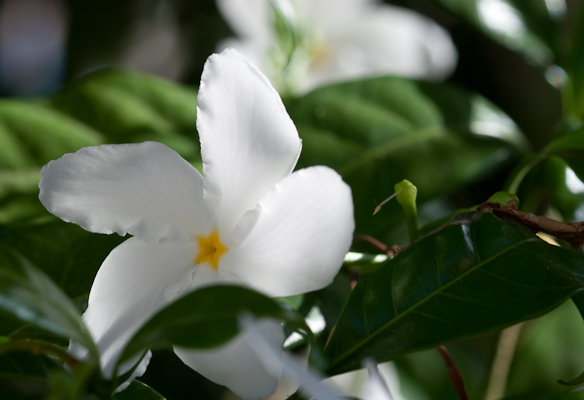
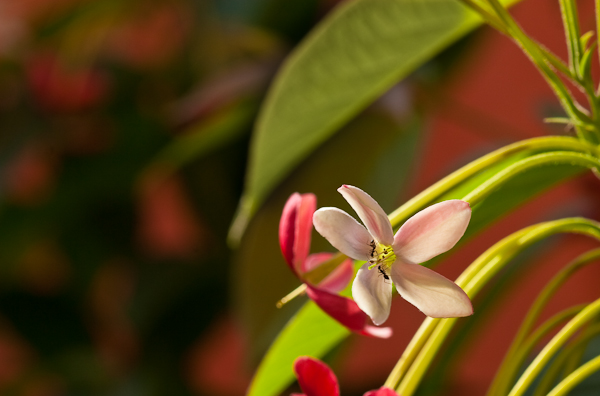
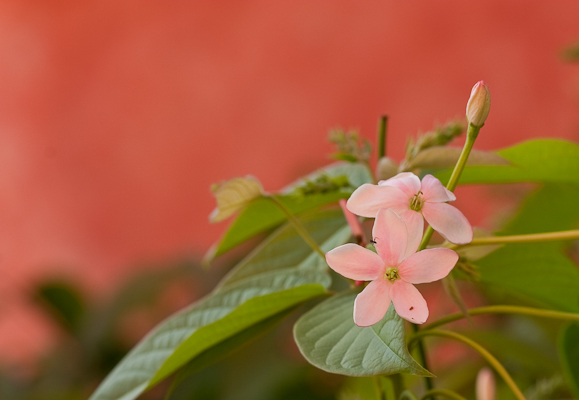
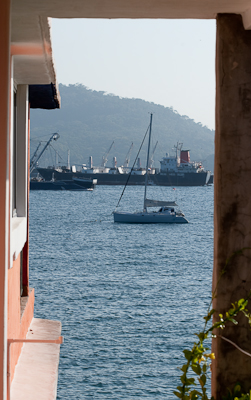
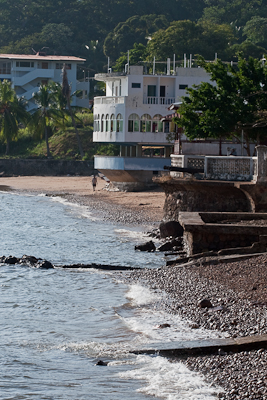
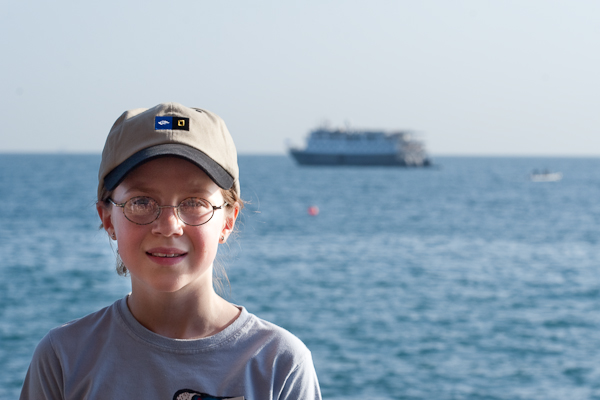
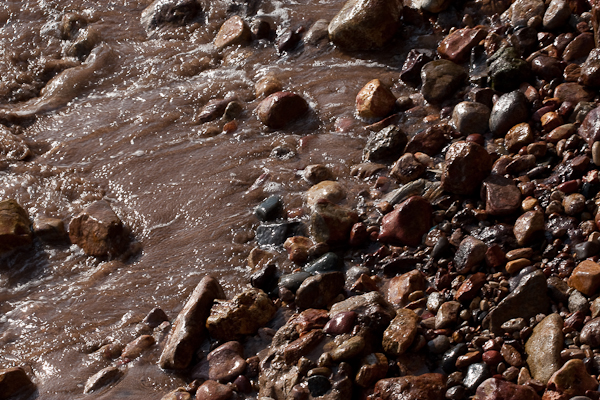
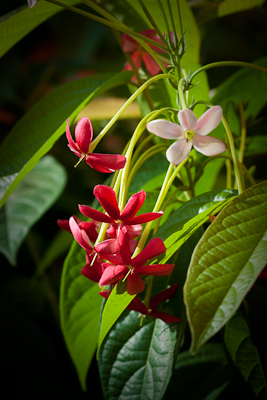
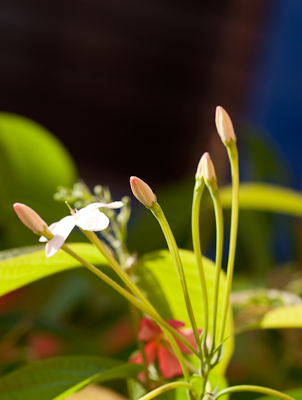
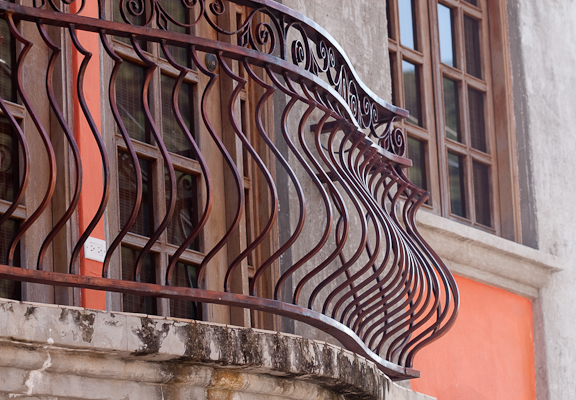
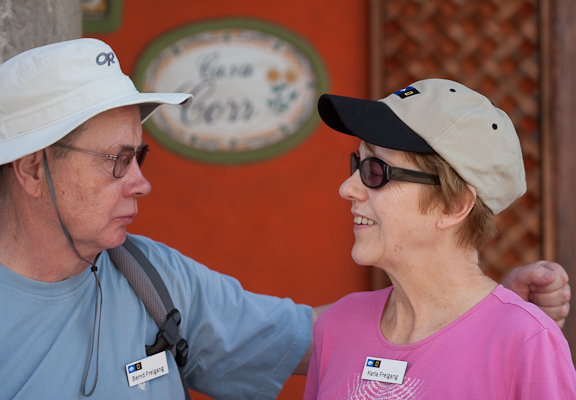
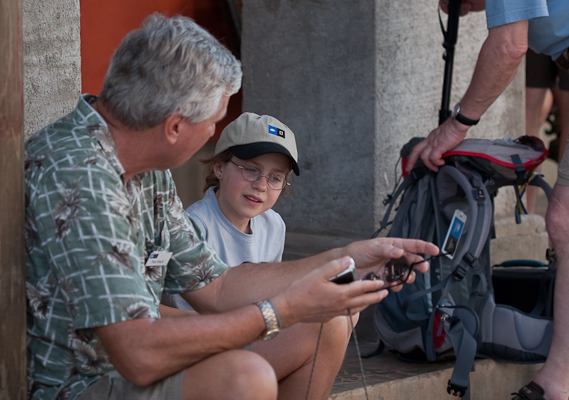
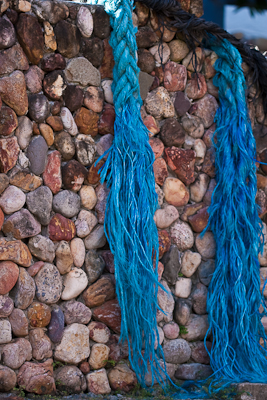
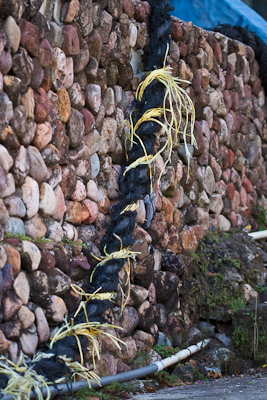
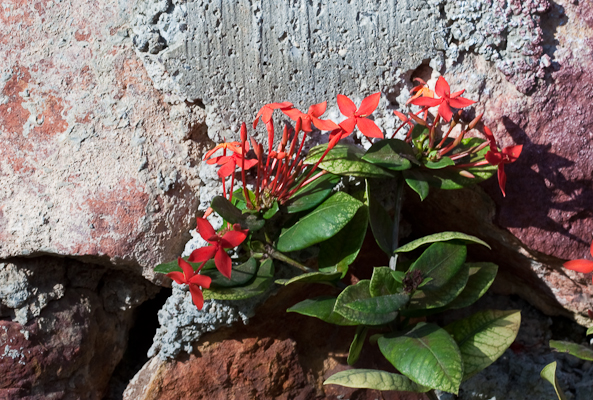
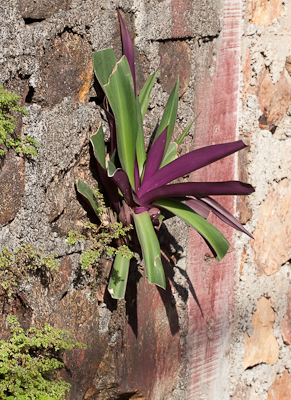
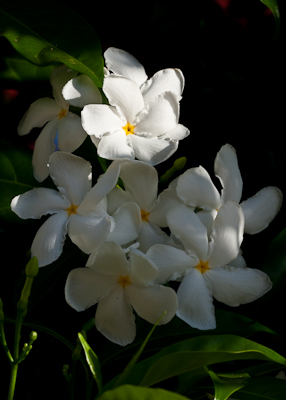
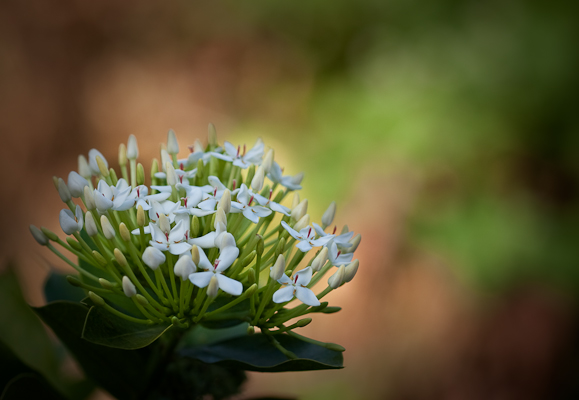
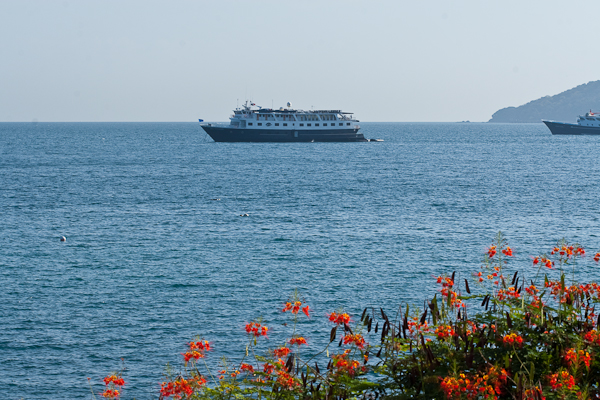
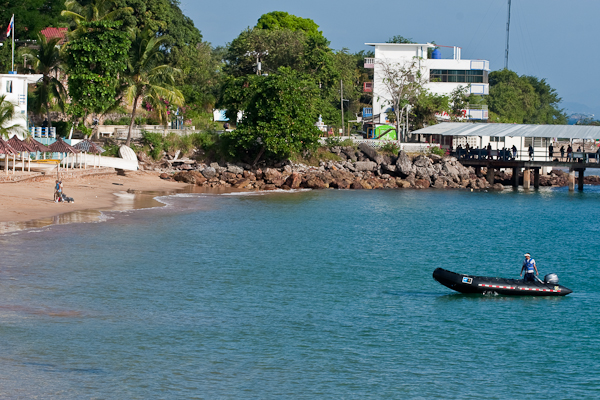
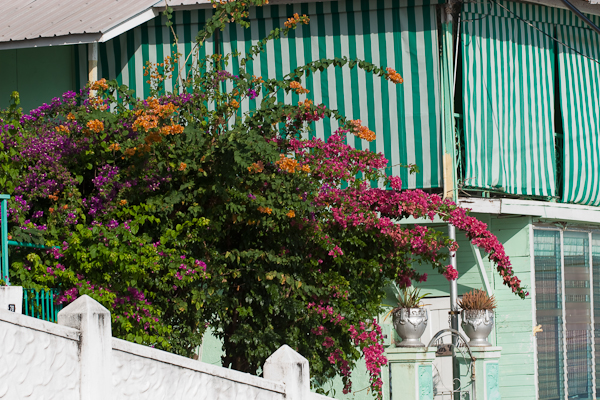
Back on the Voyager, we continued towards another group of islets known for its many seabirds. The zodiac ride along the shore offered a wonderful introduction to the region’s varied birdlife. We observed large numbers of roosting and nesting seabirds: the magnificent frigate bird, brown pelicans and brown boobies.
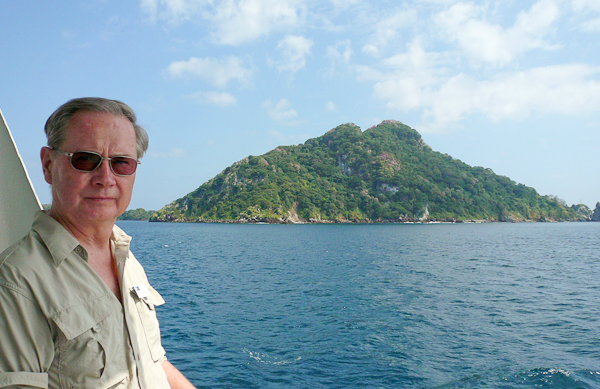
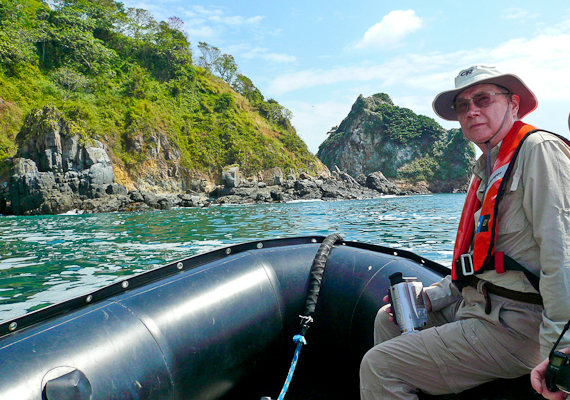
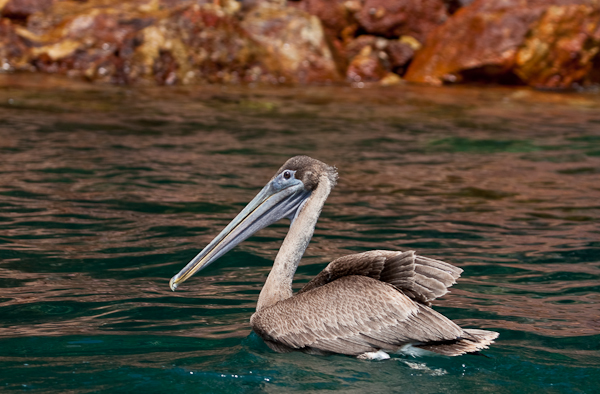
A Brown Pelican (above) and Magnificient Frigate Birds (below).
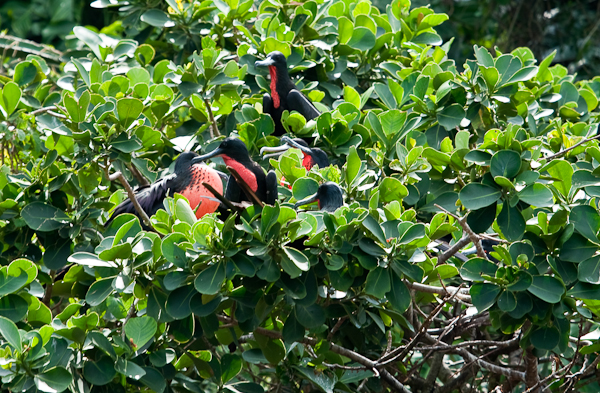
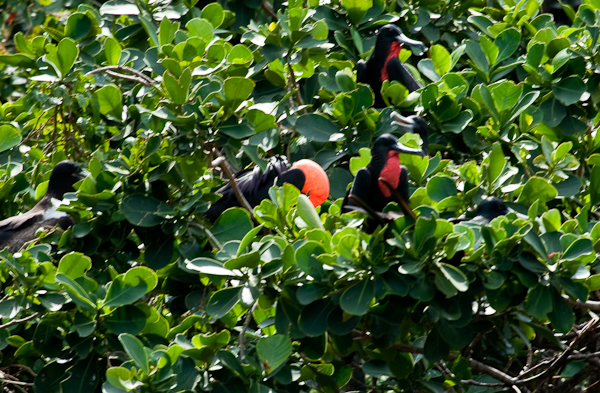
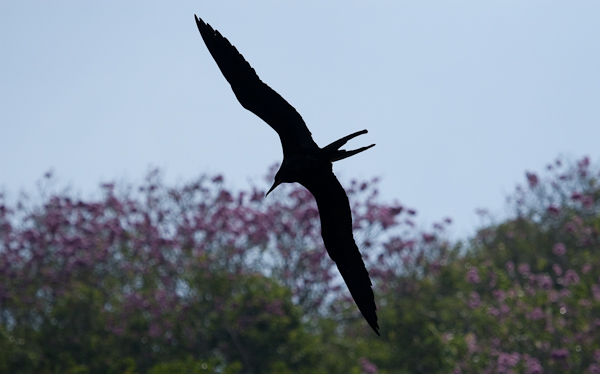
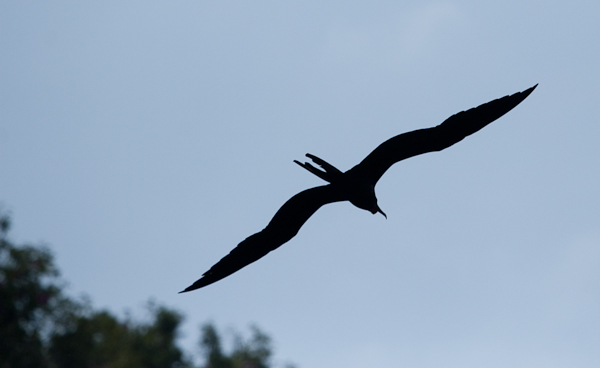
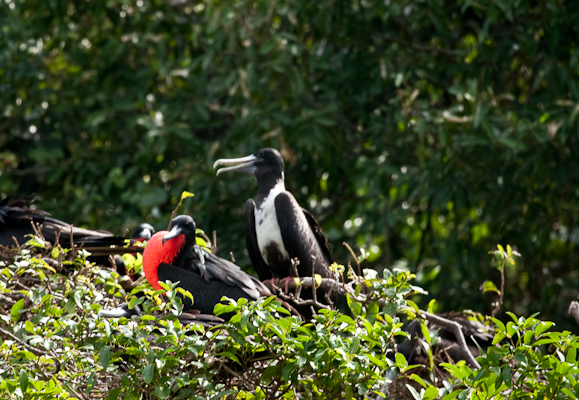
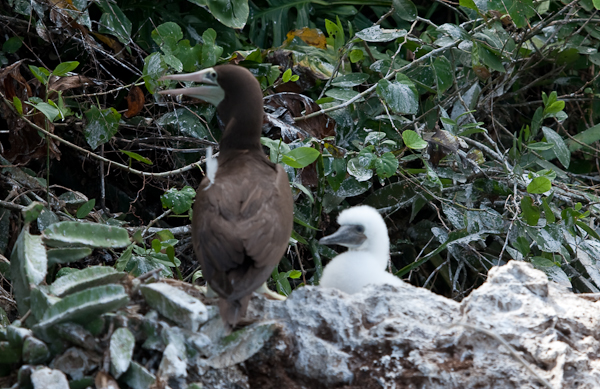
We saw 2 booby nests with a fluffy white young in each.
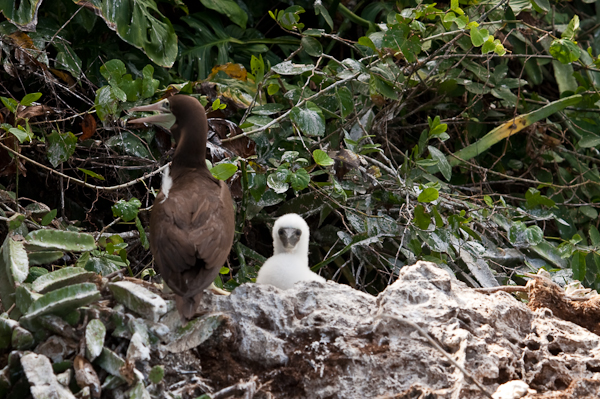
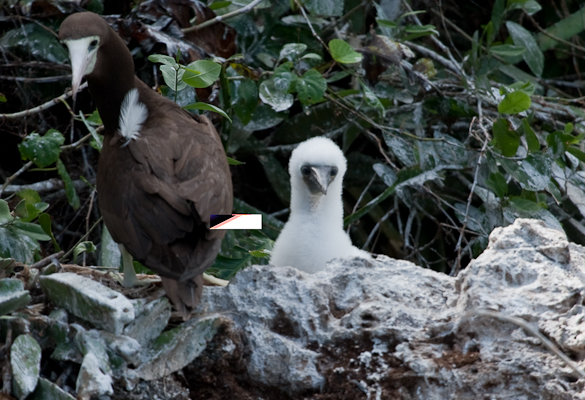
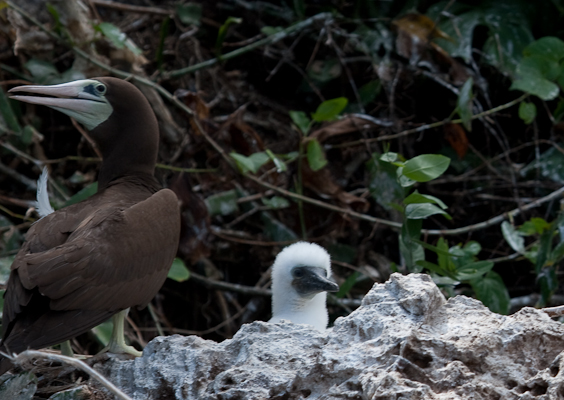
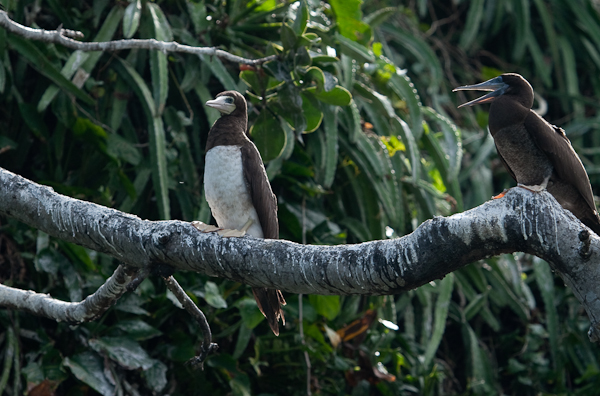
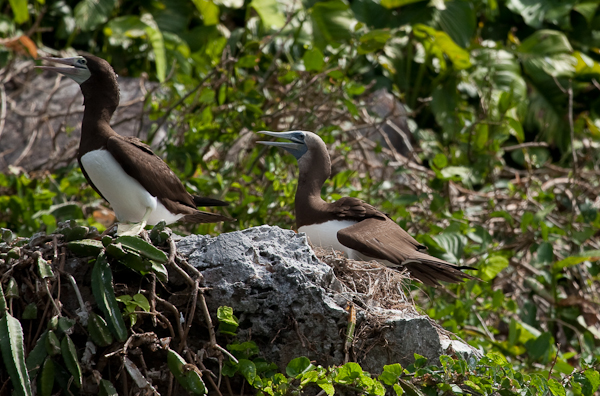
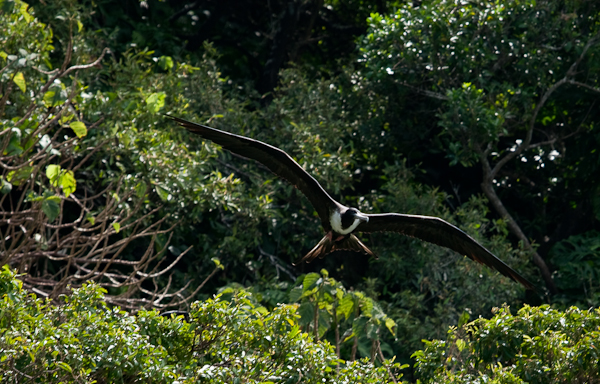
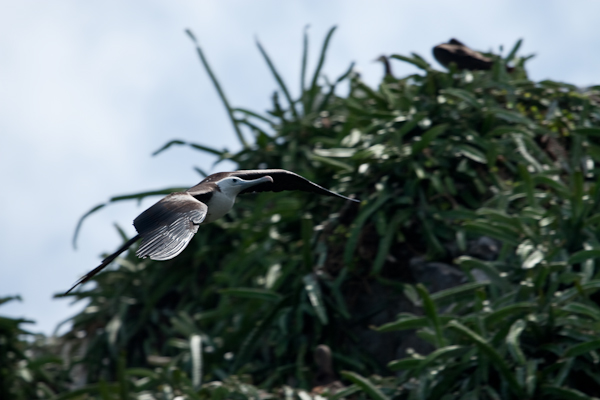
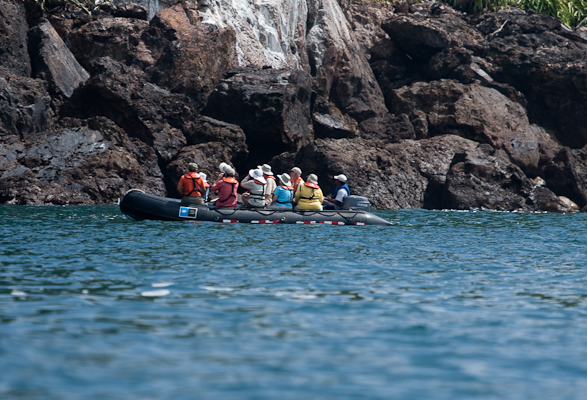
On our way we saw a group of locals who had caught about 10 large iguanas (sought for their delicious meat) and carried them on their little boot. Endangered, it is illegal to catch them, but, as our guide Christian noted, those policies need to be enforced in order to be successful.
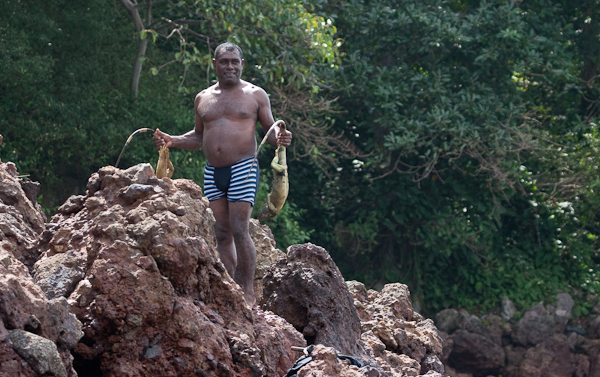
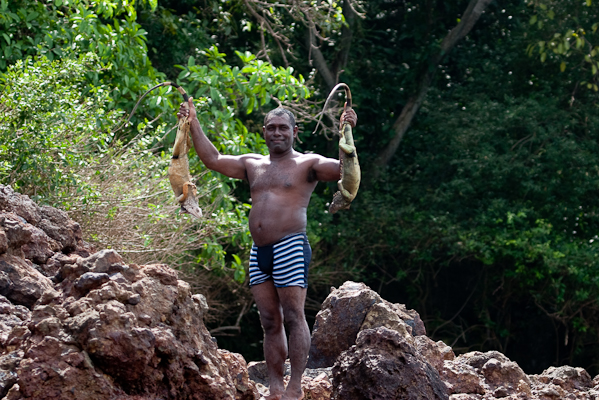
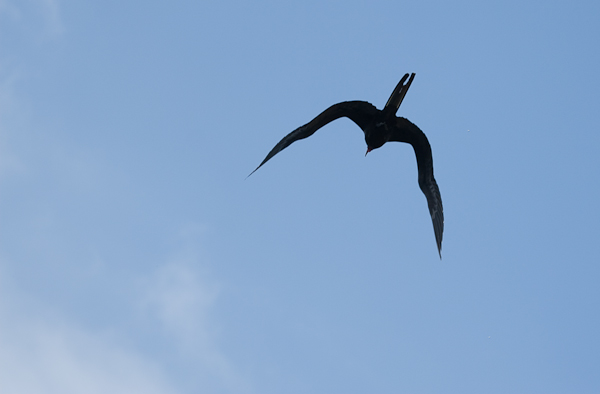
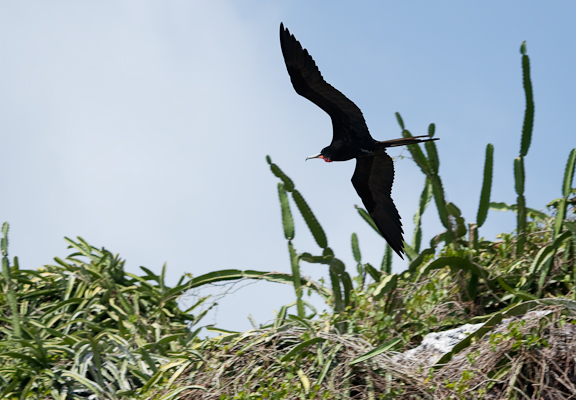
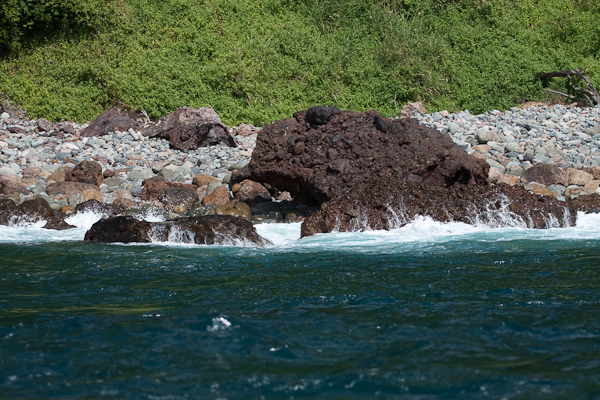
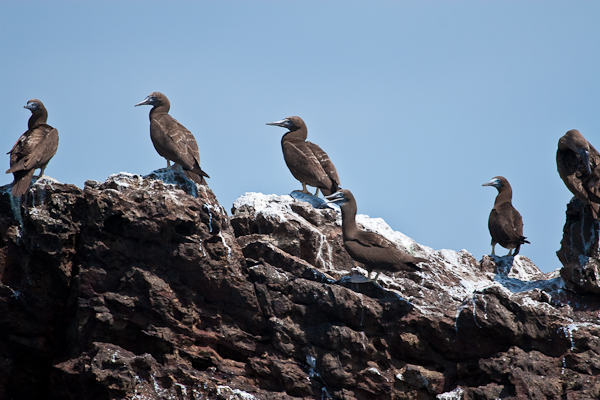
Brown footed boobies.
Unfortunately, we did not see any blue-footed boobies with whom we have been in love since our trip to Galápagos in 2006.
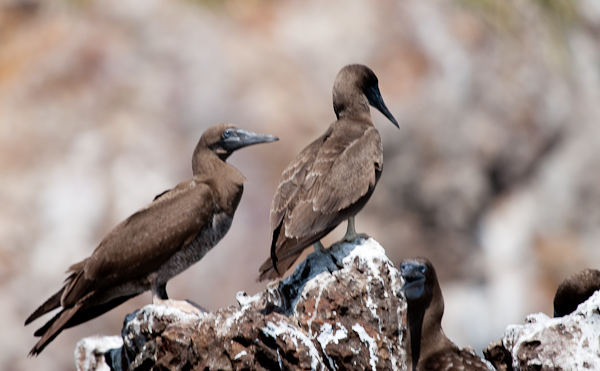
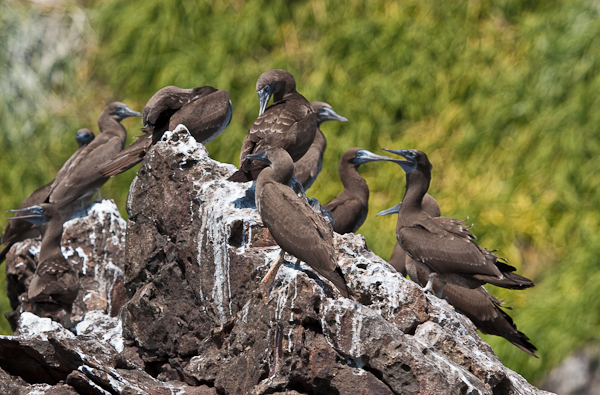
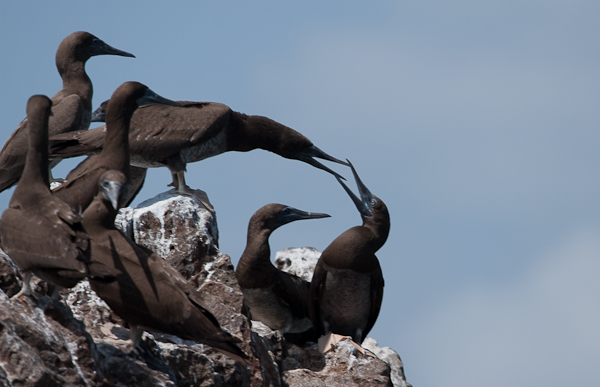
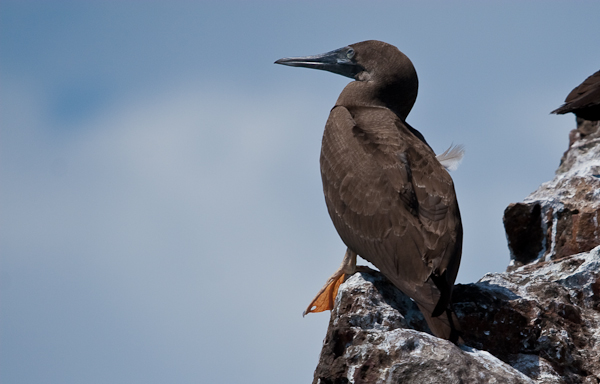
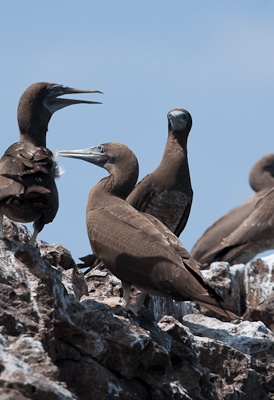
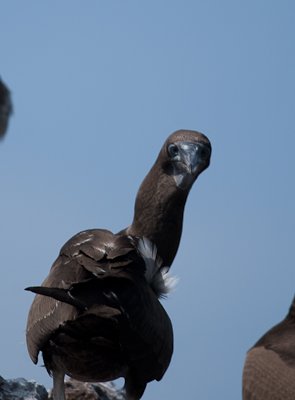
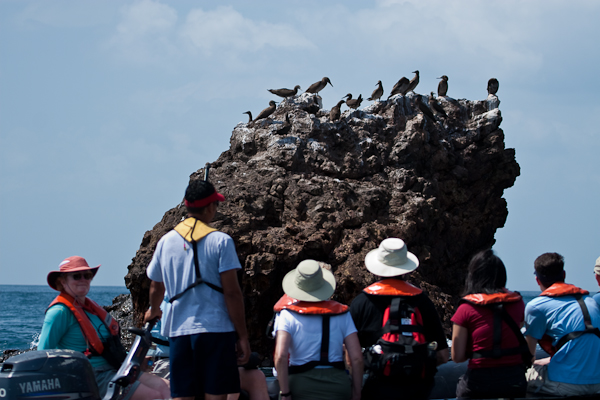
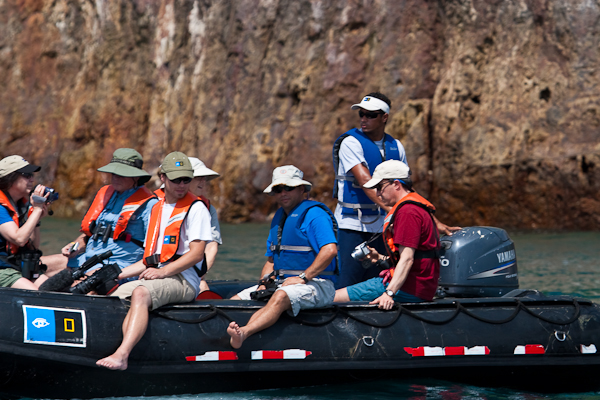
Sophia was steering our Zodiac back to the ship.
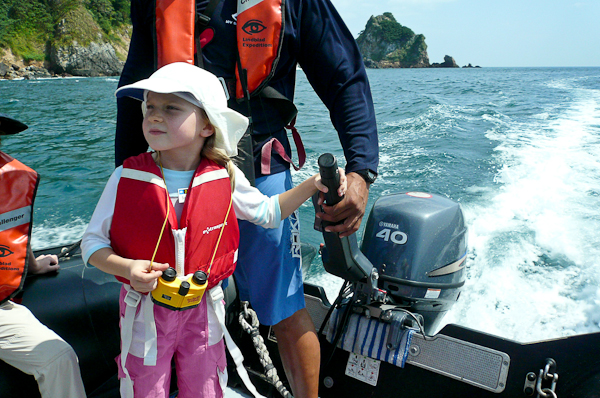
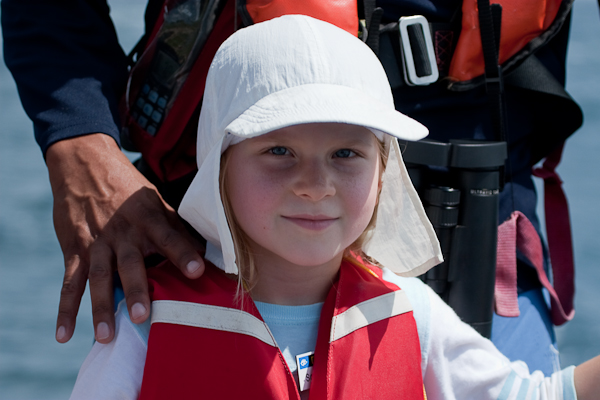
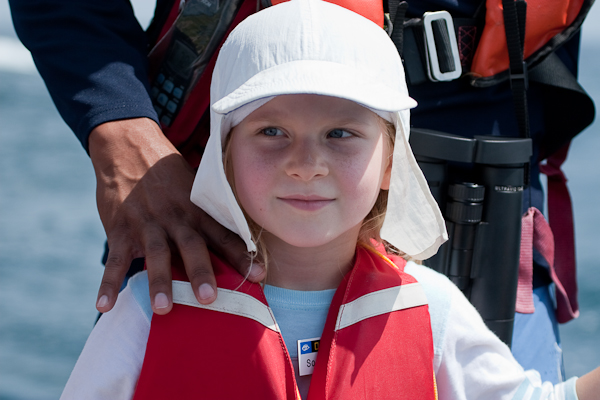
After lunch, I enjoyed a massage and enjoyed a long nap afterwards. Meanwhile, the ship started on its longest voyage of 190 nautical miles North towards the Island Coiba.
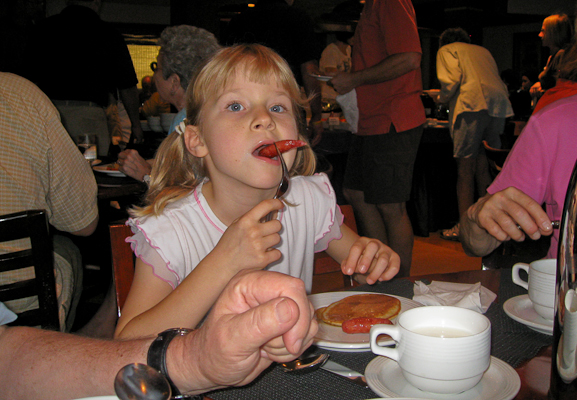
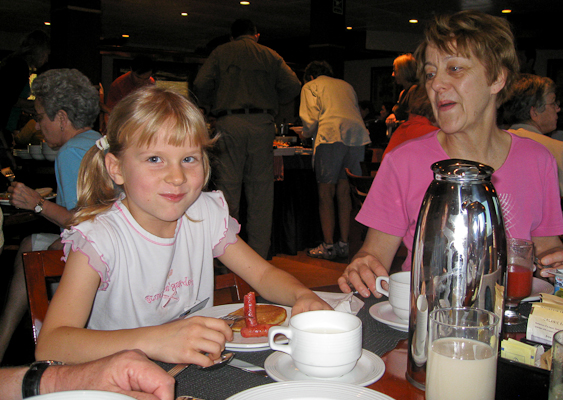
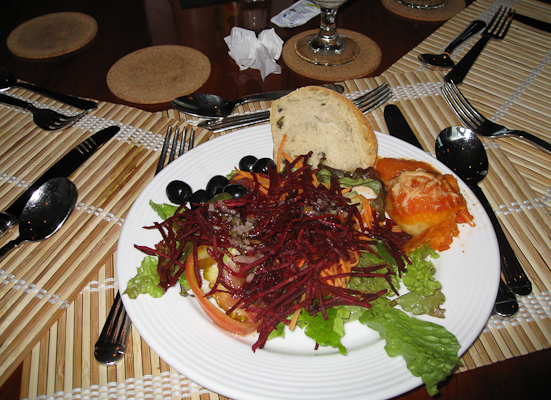
During the afternoon, Julio (one of the naturalists) gave a historically very interesting presentation “Renaissance in Central America”.
During recap, Gustavo, another naturalist, quizzed us about the seabird we liked most by comparing certain features. The magnificent frigate bird raises its young for 18 months but mom and dad divorce after about 6 months and dad is eager to find a new wife. Frigate birds are thieves, not only do they steal nesting materials, they also hunt down pelicans and boobies until they regurgitate their catch and drop it. Frigate birds are not even able to plunge, there their feathers are not waterproof! Pelicans and boobies prefer fresh fish but have more lax parenting skills leaving their young much earlier. Boobies even may lay 2 or 3 eggs but will only raise one!
A little late, snorkeling gear was distributed. Snorkeling is a first for my parents, so they submitted themselves to some "dry exercises"...
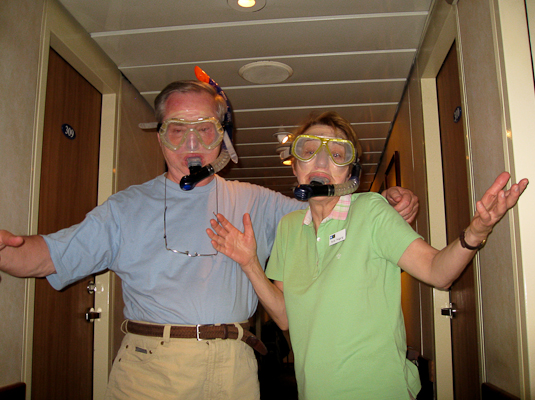
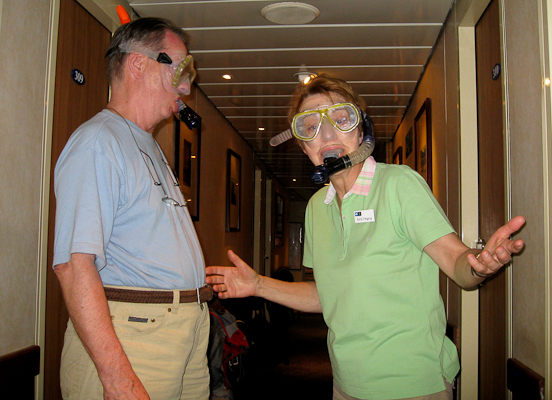
The food onboard was always delicious and plentyful, a mix of local and American cuisine.
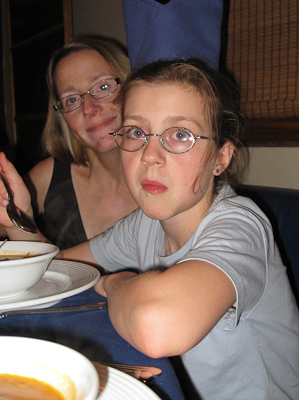
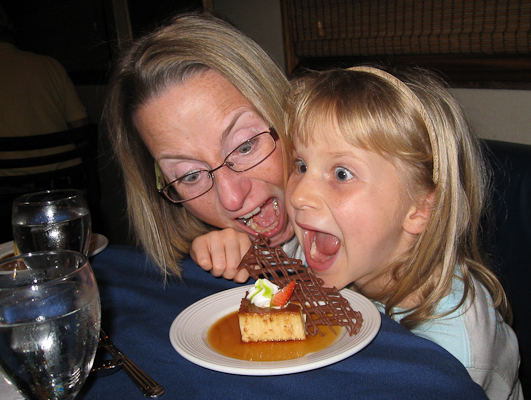
No questions, Sophia won!
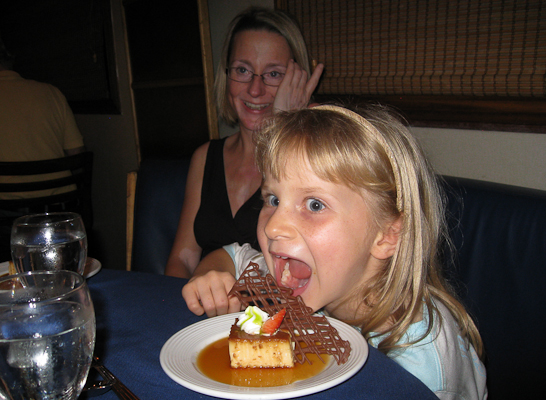
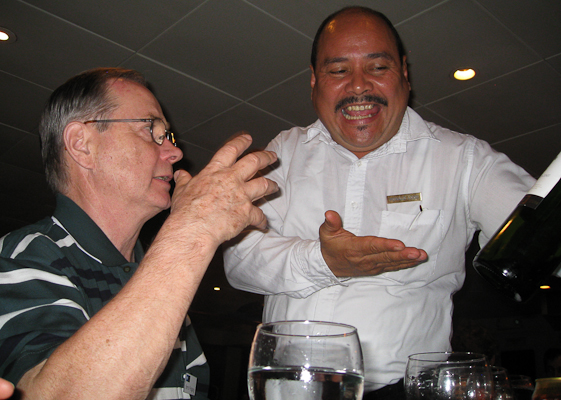
The kids and we adults enjoyed a couple of Uno games before and after dinner.
After dinner we spent some time on the sundeck enjoying the night sky and “jumping” stars (the boat was moving).
Gulf of Panama Islets from Heiko Spallek on Vimeo.
More information
Official Lindblad Expedition Report of the Day by Cristian Moreno, Naturalist
